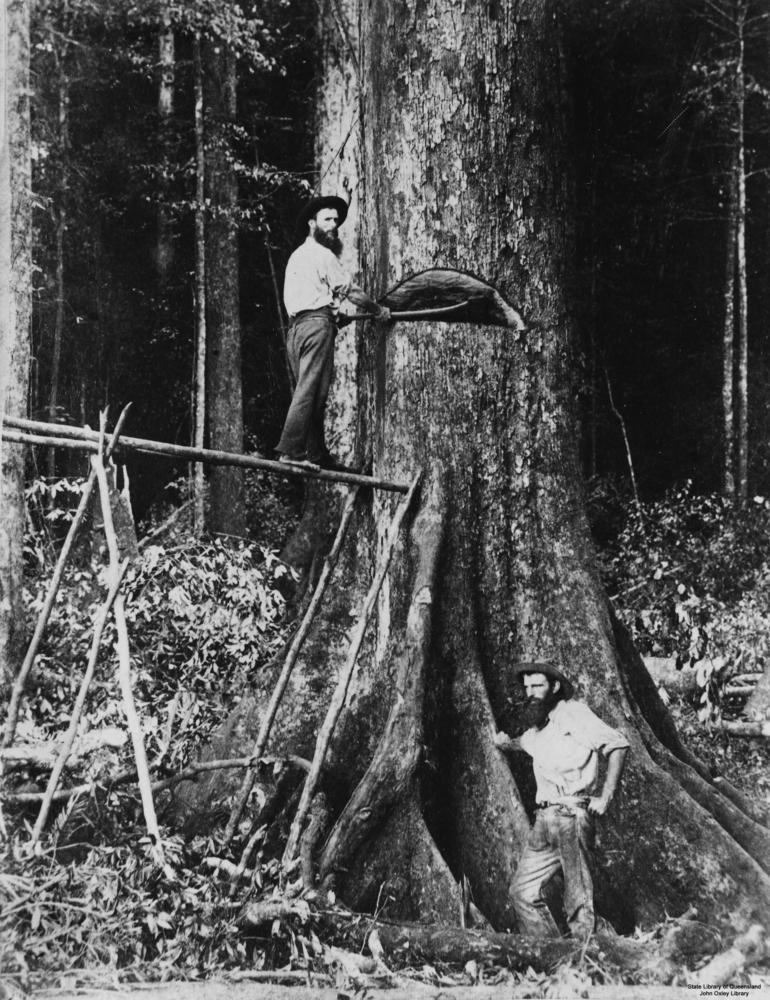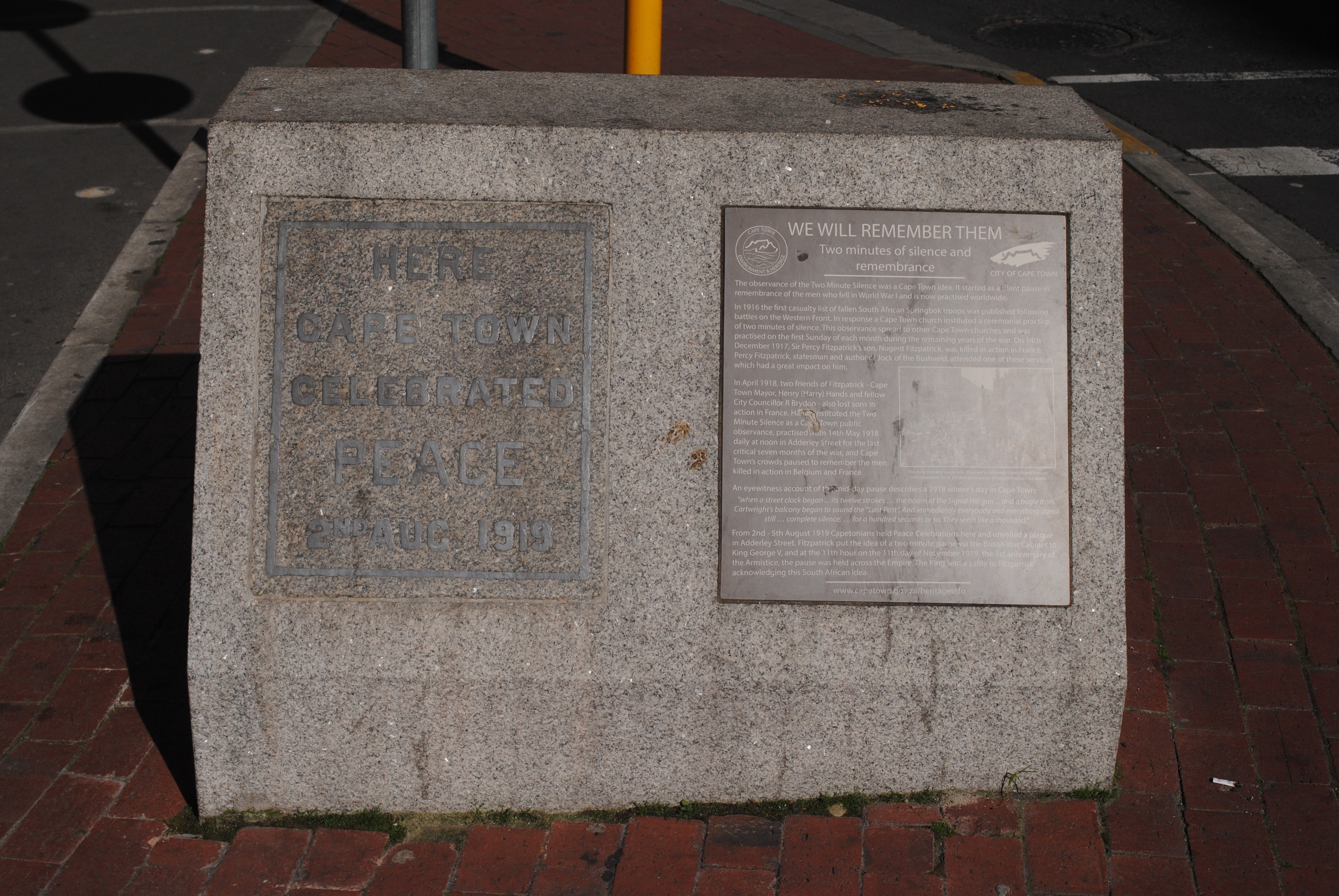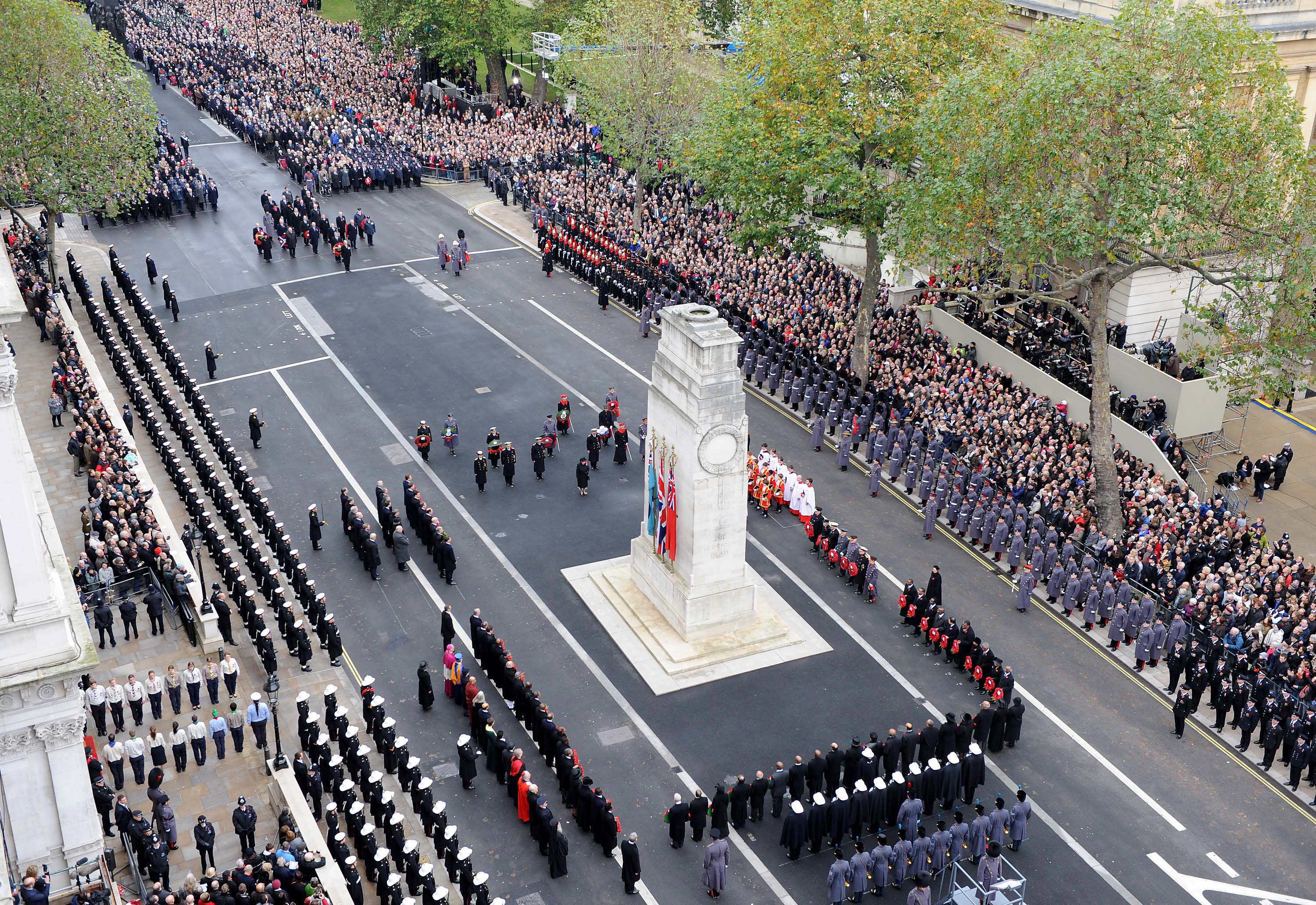|
Shoreham Memorial Cross
The Shoreham Memorial Cross is a Christian cross hill figure carved into a chalk escarpment above the village of Shoreham, Kent. The concept of the cross was the idea of a Shoreham man, Samuel Cheeseman, two of whose sons had been killed on active duty during the First World War. It was carved between May and September 1920 on land donated by Francis Mildmay who had also served in the war. In October 2021 Historic England designated the cross a scheduled monument. History The village of Shoreham is located in the Shoreham Valley, an area of undulating and wooded escarpments depicted by the artist Samuel Palmer in the 1820s. In 1920 Samuel Cheesman, a local resident, determined to carve out a cross on the hillside to the west of the village, to commemorate two of his sons and the other men forty-eight men of Shoreham who had been killed during the Great War. The site was donated by a local landowner, Francis Mildmay, who cut the first turf on Empire Day, 24 May 1920. The cross wa ... [...More Info...] [...Related Items...] OR: [Wikipedia] [Google] [Baidu] |
Shoreham, Kent
Shoreham is a village and civil parishes in England, civil parish in the Sevenoaks District of Kent, England. It is located 5.2 miles north of Sevenoaks. The probable derivation of the name is ''estate at the foot of a steep slope''. Steep slope was from the Saxon word ''scor''. pronounced ''shor'', but written ''sore'' by Norman scribes. The village of Shoreham contains three traditional independent pubs: The Samuel Palmer (formally Ye Olde George Inn), The King's Arms and the Crown; with The Rising Sun in nearby Twitton. History The Darent valley was one of the major areas of Stone Age settlement; Shoreham is not mentioned in the Domesday Book. In 1668, cricket was mentioned in a court case as being played at Shoreham, one of the sport's earliest references. It was also known as a smuggling area. Moreover, Shoreham was the most bombed village in the United Kingdom during the Second World War because the Army took over several manor houses for operational use. Papermakin ... [...More Info...] [...Related Items...] OR: [Wikipedia] [Google] [Baidu] |
Commonwealth Day
Commonwealth Day (formerly Empire Day) is the annual celebration of the Commonwealth of Nations, since 1977 often held on the second Monday in March. It is marked by an Anglican service in Westminster Abbey, normally attended by the monarch as Head of the Commonwealth along with the Commonwealth Secretary-General and Commonwealth High Commissioners in London. The King delivers a broadcast address to the Commonwealth. While it has a certain official status, Commonwealth Day is not a public holiday in most Commonwealth countries, and there is little public awareness of it. It is marked as a holiday in Gibraltar, but not in March. History The idea of a day that would "remind children that they formed part of the British Empire" was conceived in 1897. In 1898, Canadian Clementina Trenholme introduced an Empire Day to Ontario schools, on the last school day before 24 May, Queen Victoria's birthday. Empire Day or Victoria Day was celebrated in the Cape Colony before the Second ... [...More Info...] [...Related Items...] OR: [Wikipedia] [Google] [Baidu] |
Hill Figures In England
A hill is a landform that extends above the surrounding terrain. It often has a distinct summit. Terminology The distinction between a hill and a mountain is unclear and largely subjective, but a hill is universally considered to be not as tall, or as steep as a mountain. Geographers historically regarded mountains as hills greater than above sea level, which formed the basis of the plot of the 1995 film ''The Englishman who Went up a Hill but Came down a Mountain''. In contrast, hillwalkers have tended to regard mountains as peaks above sea level. The ''Oxford English Dictionary'' also suggests a limit of and Whittow states "Some authorities regard eminences above as mountains, those below being referred to as hills." Today, a mountain is usually defined in the UK and Ireland as any summit at least high, while the official UK government's definition of a mountain is a summit of or higher. Some definitions include a topographical prominence requirement, typically o ... [...More Info...] [...Related Items...] OR: [Wikipedia] [Google] [Baidu] |
Yale University Press
Yale University Press is the university press of Yale University. It was founded in 1908 by George Parmly Day, and became an official department of Yale University in 1961, but it remains financially and operationally autonomous. , Yale University Press publishes approximately 300 new hardcover and 150 new paperback books annually and has a backlist of about 5,000 books in print. Its books have won five National Book Awards, two National Book Critics Circle Awards and eight Pulitzer Prizes. The press maintains offices in New Haven, Connecticut and London, England. Yale is the only American university press with a full-scale publishing operation in Europe. It was a co-founder of the distributor TriLiteral LLC with MIT Press and Harvard University Press. TriLiteral was sold to LSC Communications in 2018. Series and publishing programs Yale Series of Younger Poets Since its inception in 1919, the Yale Series of Younger Poets Competition has published the first collectio ... [...More Info...] [...Related Items...] OR: [Wikipedia] [Google] [Baidu] |
Listed Building
In the United Kingdom, a listed building or listed structure is one that has been placed on one of the four statutory lists maintained by Historic England in England, Historic Environment Scotland in Scotland, in Wales, and the Northern Ireland Environment Agency in Northern Ireland. The term has also been used in the Republic of Ireland, where buildings are protected under the Planning and Development Act 2000. The statutory term in Ireland is " protected structure". A listed building may not be demolished, extended, or altered without special permission from the local planning authority, which typically consults the relevant central government agency, particularly for significant alterations to the more notable listed buildings. In England and Wales, a national amenity society must be notified of any work to a listed building which involves any element of demolition. Exemption from secular listed building control is provided for some buildings in current use for worship, ... [...More Info...] [...Related Items...] OR: [Wikipedia] [Google] [Baidu] |
Lenham Cross
The Lenham Cross is a chalk cross carved into the hillside to the north of Lenham in Kent, in England. The Latin cross is high with arms wide. It was designed by Mr C H Groom, the headmaster of the village school, as a First World War memorial. It was created in a field on the south-facing slopes of the North Downs, close to the Pilgrim's Way, by volunteers from the village, and unveiled in by Major General Sir Arthur Lynden-Bell, who had served as an officer with the Buffs (East Kent Regiment) in the Second Boer War and on the general staff in the First World War. The cross was filled in during the Second World War to prevent it being used as a navigation aid by the German Luftwaffe. It became a Grade II listed building in 2017. A dedicatory stone of rough-hewn granite was sited in an enclosure with steps and railings at the south end of the cross, beside the Pilgrim's Way, with a smooth face inscribed by the names of 42 men of the parish who were killed during the ... [...More Info...] [...Related Items...] OR: [Wikipedia] [Google] [Baidu] |
Lenham
Lenham is a market village and civil parish in Kent situated on the southern edge of the North Downs, east of Maidstone. The picturesque square in the village has two public houses (one of which is a hotel), a couple of restaurants, and a tea-room. Lenham has a population of 3,370 according to the 2011 Census. Lenham railway station is on the Maidstone East Line. The village is at the main source of the Great Stour and the Stour Valley Walk starts here, heading to Ashford and on to Canterbury and the English Channel near Sandwich. It is also the source of the River Len, which flows in a westerly direction to join the River Medway at Maidstone. History Mentioned in the Domesday Book, Lenham market dates back to 1088, when the village was an important crossroad settlement. The manor of Lenham belonged to St Augustine's Abbey, Canterbury, until the dissolution of the monasteries when it reverted to the Crown. Queen Elizabeth I awarded the manor to her chief courtier, Will ... [...More Info...] [...Related Items...] OR: [Wikipedia] [Google] [Baidu] |
Felling
Felling is the process of cutting down trees,"Feller" def. 2. and "Felling", def. 1. ''Oxford English Dictionary'' Second Edition on CD-ROM (v. 4.0) © Oxford University Press 2009 an element of the task of logging. The person cutting the trees is a ''feller''. A feller buncher is a machine capable of felling a single large tree or grouping and felling several small ones simultaneously. Methods Hand felling In hand felling, an axe, saw, or chainsaw is used to fell a tree, followed up by limbing and bucking in traditional applications. In the modern commercial logging industry, felling is typically followed by limbing and skidding. Feller buncher A feller-buncher is a motorized vehicle with an attachment which rapidly cuts and gathers several trees in the process of felling them. In cut-to-length logging a harvester performs the tasks of a feller-buncher, additionally doing the delimbing and bucking. When harvesting wood from a felled tree, the recommended methods s ... [...More Info...] [...Related Items...] OR: [Wikipedia] [Google] [Baidu] |
River Darenth
The Darent is a Kentish tributary of the River Thames and takes the waters of the River Cray as a tributary in the tidal portion of the Darent near Crayford, as illustrated by the adjacent photograph, snapped at high tide. 'Darenth' is frequently found in the spelling of the river's name in older books and maps, Bartholomew's "Canal's and River of England" being one example. Bartholomew's Gazetteer (1954) demonstrates that ''Darent'' means "clear water" and separately explains the other name. Considering the River Darent runs on a bed of chalk and its springs rise through chalk, this is not surprising. The original purity of the water was a major reason for the development of paper and pharmaceuticals in the area. Darenth Parish (through which the river flows) derives from a Celtic phrase 'stream where oak-trees grow' (Irish: "dair" = 'oak-tree', "abha" = river ) (compare e.g." Derwent"). The landscapes of the valley were painted in a visionary manner by the Victorian artist ... [...More Info...] [...Related Items...] OR: [Wikipedia] [Google] [Baidu] |
Two-minute Silence
In the United Kingdom and other countries within the Commonwealth, a two-minute silence is observed as part of Remembrance Day to remember those who lost their lives in conflict. Held each year at 11:00 am on 11 November, the silence coincides with the time in 1918 at which the First World War came to an end with the cessation of hostilities, and is generally observed at war memorials and in public places throughout the UK and Commonwealth. A two-minute silence is also observed on Remembrance Sunday, also at 11:00 am. Origin South Africa The practice of the Remembrance Day silence originates in Cape Town, South Africa, where there was a two-minute silence initiated by the daily firing of the noon day gun on Signal Hill for a full year from 14 May 1918 to 14 May 1919, known as the Two Minute Silent Pause of Remembrance. This was instituted by the Cape Town Mayor, Sir Harry Hands, at the suggestion of councillor Robert Rutherford Brydone, on 14 May 1918, after recei ... [...More Info...] [...Related Items...] OR: [Wikipedia] [Google] [Baidu] |
Salvo
A salvo is the simultaneous discharge of artillery or firearms including the firing of guns either to hit a target or to perform a salute. As a tactic in warfare, the intent is to cripple an enemy in one blow and prevent them from fighting back. Overview Troops armed with muzzleloaders required time to refill their arms with gunpowder and shot. Gun drills were designed to enable an almost continuous rain of fire on the enemy by lining troops into ranks, allowing one rank to fire a salvo, or volley, while the other ranks prepared their guns for firing. The term is commonly used to describe the firing of broadsides by warships, especially battleships. During fleet engagements in the days of sail, from 17th century until the 19th century, ships of the line were maneuvered with the objective of bringing the greatest possible number of cannon to bear on the enemy and to discharge them in a salvo, causing enough damage and confusion as to allow time for the cannon to be sw ... [...More Info...] [...Related Items...] OR: [Wikipedia] [Google] [Baidu] |
Remembrance Sunday
Remembrance Sunday is held in the United Kingdom as a day to commemorate the contribution of British and Commonwealth military and civilian servicemen and women in the two World Wars and later conflicts. It is held on the second Sunday in November (the Sunday nearest to 11 November, Armistice Day, the anniversary of the end of hostilities in World War I in 1918). Remembrance Sunday, within the Church of England, falls in the liturgical period of Allsaintstide. It is marked by ceremonies at local war memorials in most cities, towns and villages, attended by civic dignitaries, ex-servicemen and -women (many are members of the Royal British Legion and other veterans' organisations), members of local armed forces regular and reserve units (Royal Navy and Royal Naval Reserve, Royal Marines and Royal Marines Reserve, Army and Territorial Army, Royal Air Force and Royal Auxiliary Air Force), military cadet forces (Sea Cadet Corps, Army Cadet Force and Air Training Corps as well ... [...More Info...] [...Related Items...] OR: [Wikipedia] [Google] [Baidu] |
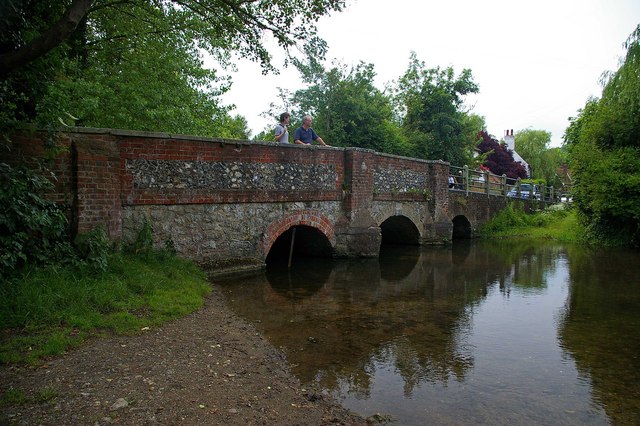
.jpg)



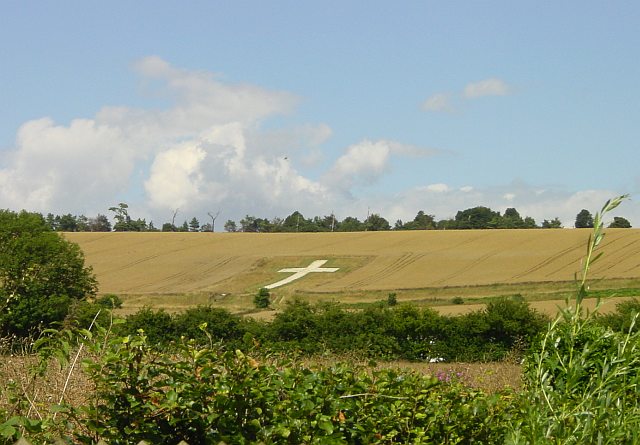
.jpg)
